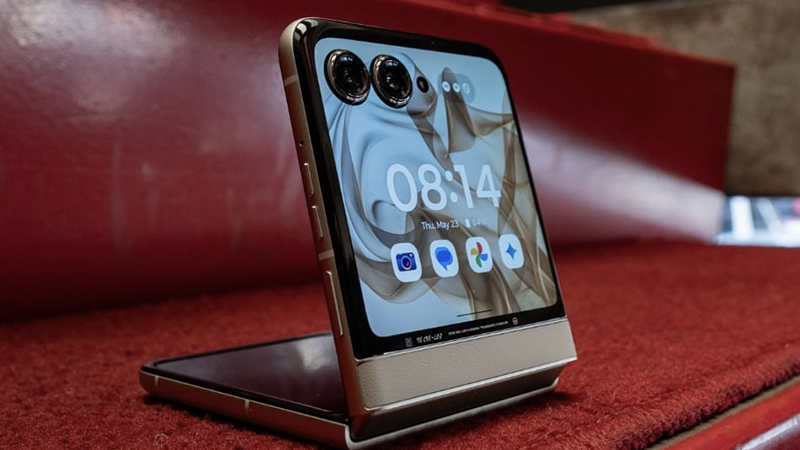Best fitness trackers 2025
A fitness tracker is small, unobtrusive, and doesn't have any of the distractions of a typical smartwatch.
The best fitness trackers are designed to be invisible once you wear them and simply work in the background gathering health data. Compared to smartwatches, they offer fewer distractions, are cheaper, smaller, and last for weeks before you need to charge them.
If you're looking for a fitness tracker that comes close to a smartwatch, we highly recommend the Fitbit Charge 6, which gives you premium tools like onboard GPS, advanced health monitoring, Google Wallet payments, and Google Maps — all crammed into a 1 oz device.
We have a separate guide for the best fitness smartwatches, tailored for people who want to prioritize style and smarts over comfort and battery life. This guide on the best fitness trackers gives you more affordable options, which is great for those getting their first fitness tracker.
Having said that, the Charge 6 is priced like a cheap watch but comes with a subscription to take full advantage of all the features. So even though it's the best fitness tracker available, you'll find plenty of other options that are slimmer, cheaper, or have other features you may find more appealing.
At a glance
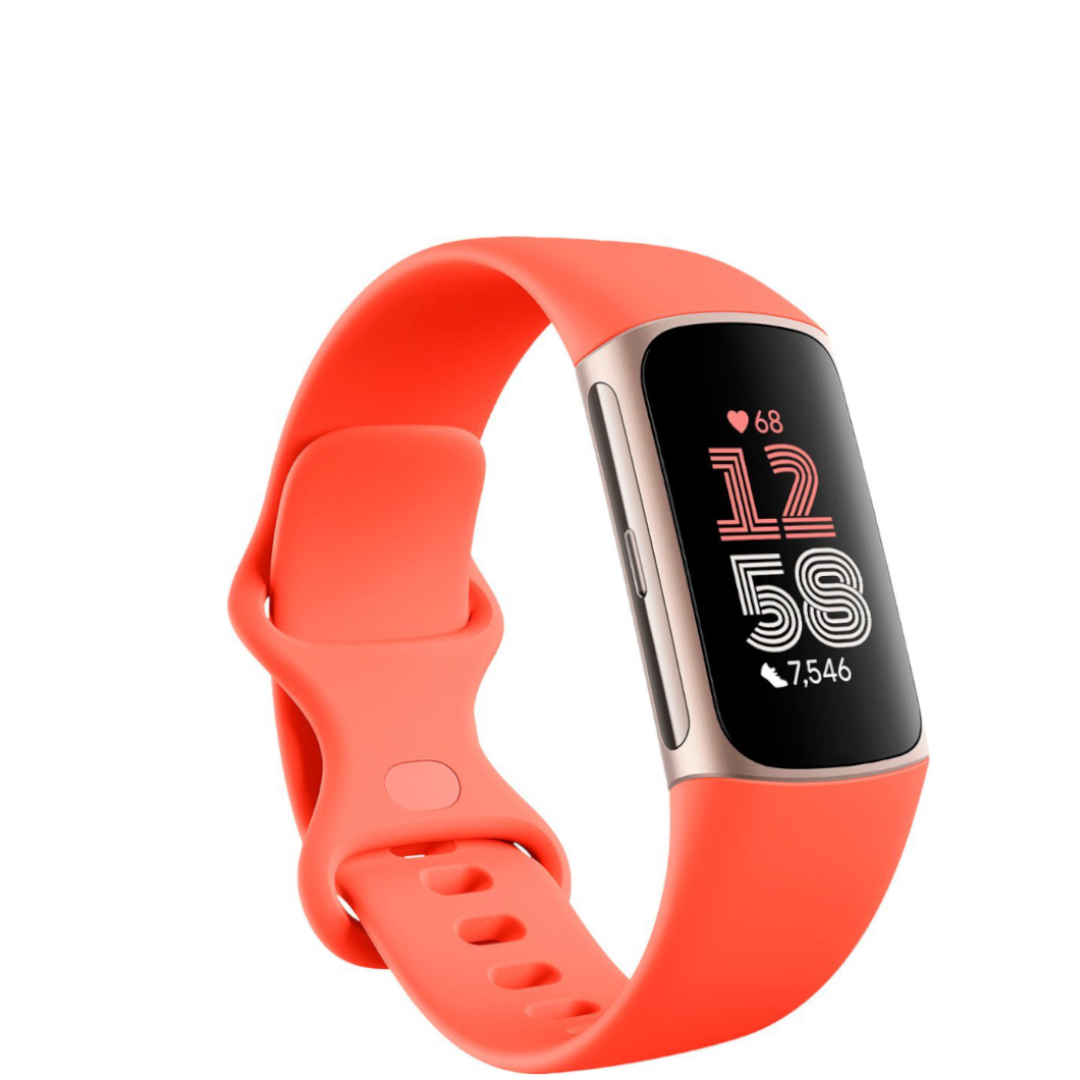
Best overall
With smartwatch specs, the sleek design of a fitness tracker, and Google smarts behind the scenes, the Fitbit Charge 6 will help take your workouts to the next level.
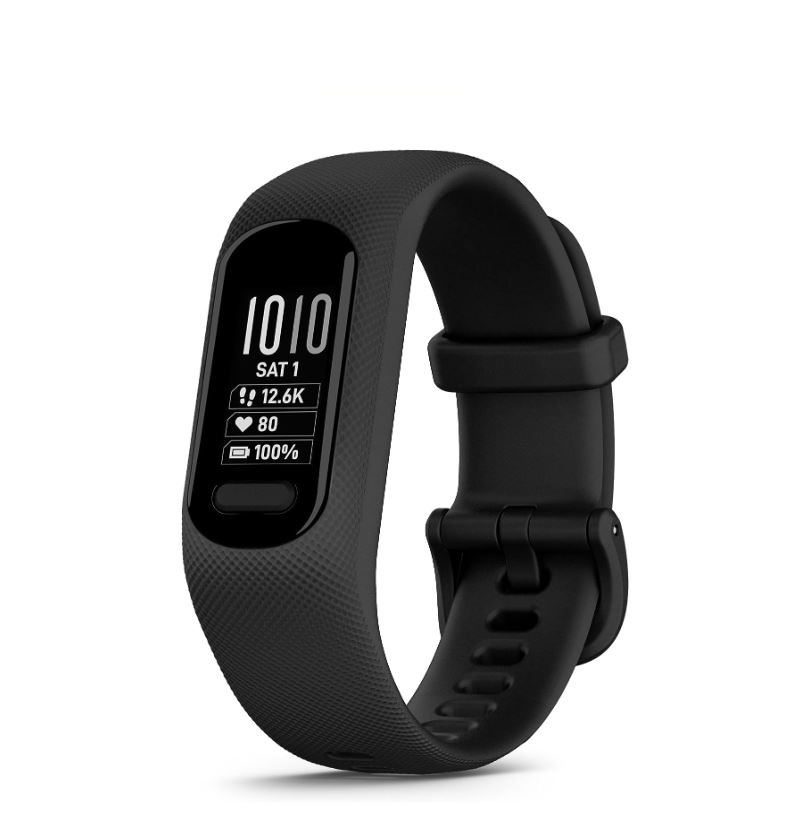
Best premium option
The Vivosmart 5 monitors your health and fitness 24/7, with advanced sleep tracking capabilities, seven days of battery life, and a slim, ultra-light design.
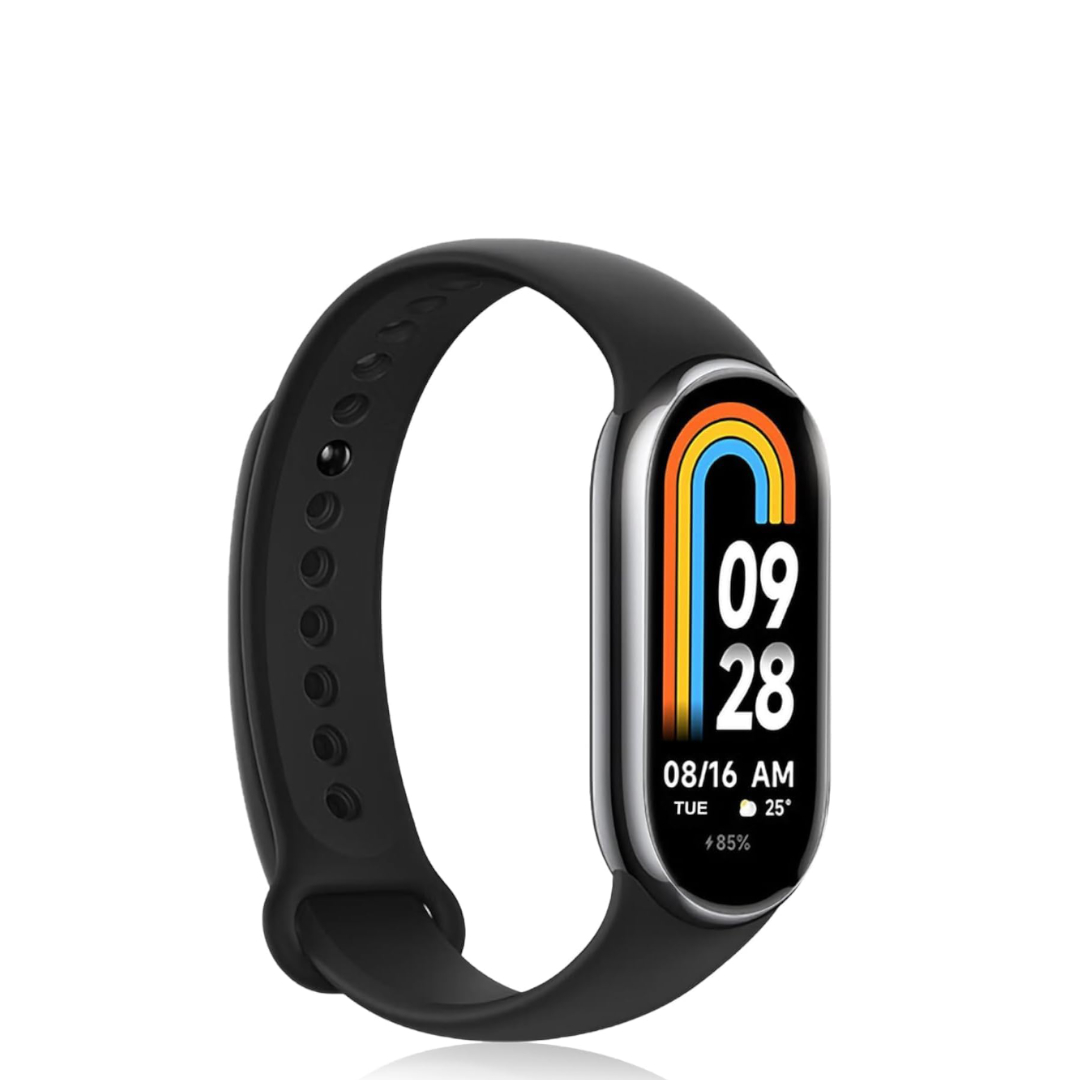
Best cheap option
The Xiaomi Smart Band 9 has a 21-day battery, over 150 sports modes, running form analysis, vitality scores, and other amazing tricks for such an affordable tracker.
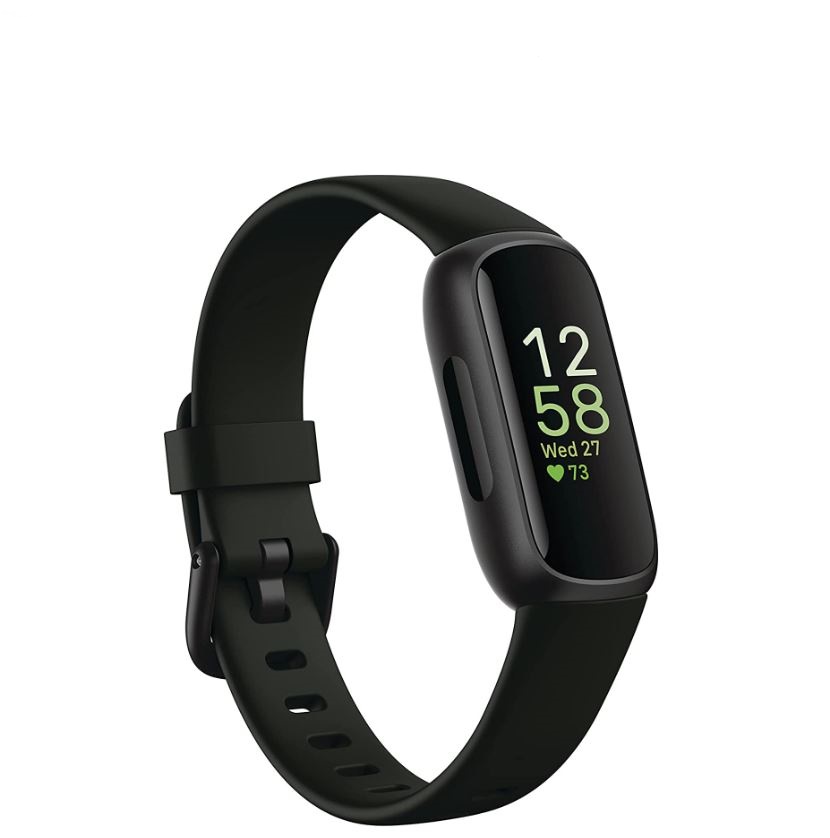
Best value Fitbit
If you want Fitbit quality without paying the usual Fitbit price, the Inspire 3 is a fitness tracker that employs a lightweight design, has a 10-day battery life, and includes six months of Fitbit Premium.
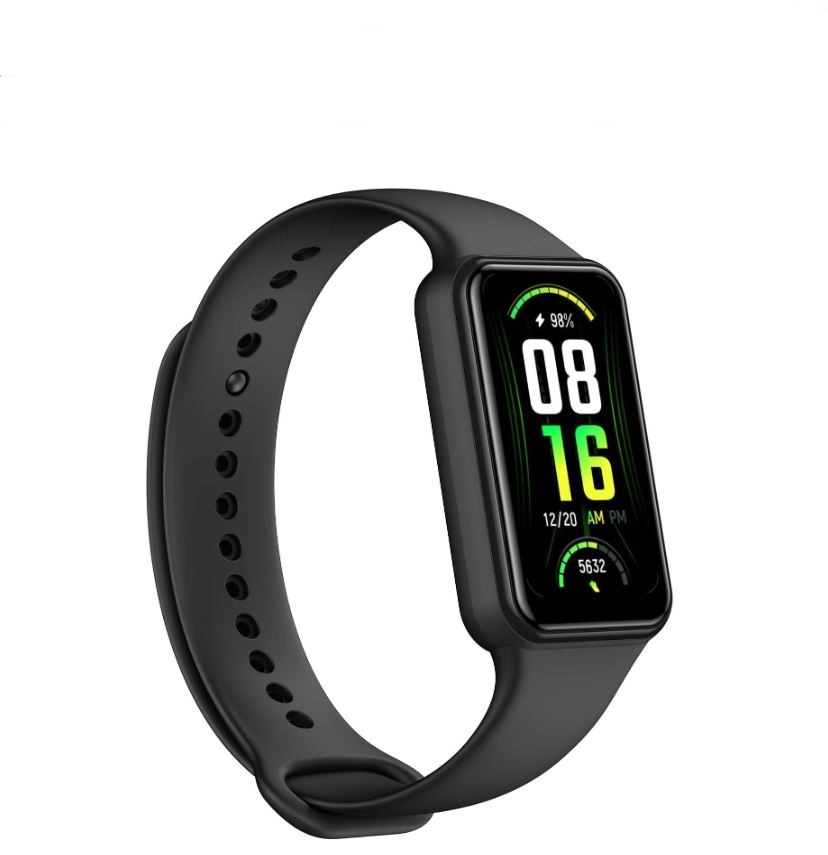
Best starter
Simple and affordable, the Amazfit Band 7 comes with HRM, SpO2, and stress-tracking capabilities, plus a long-lasting battery and built-in Alexa assistant.
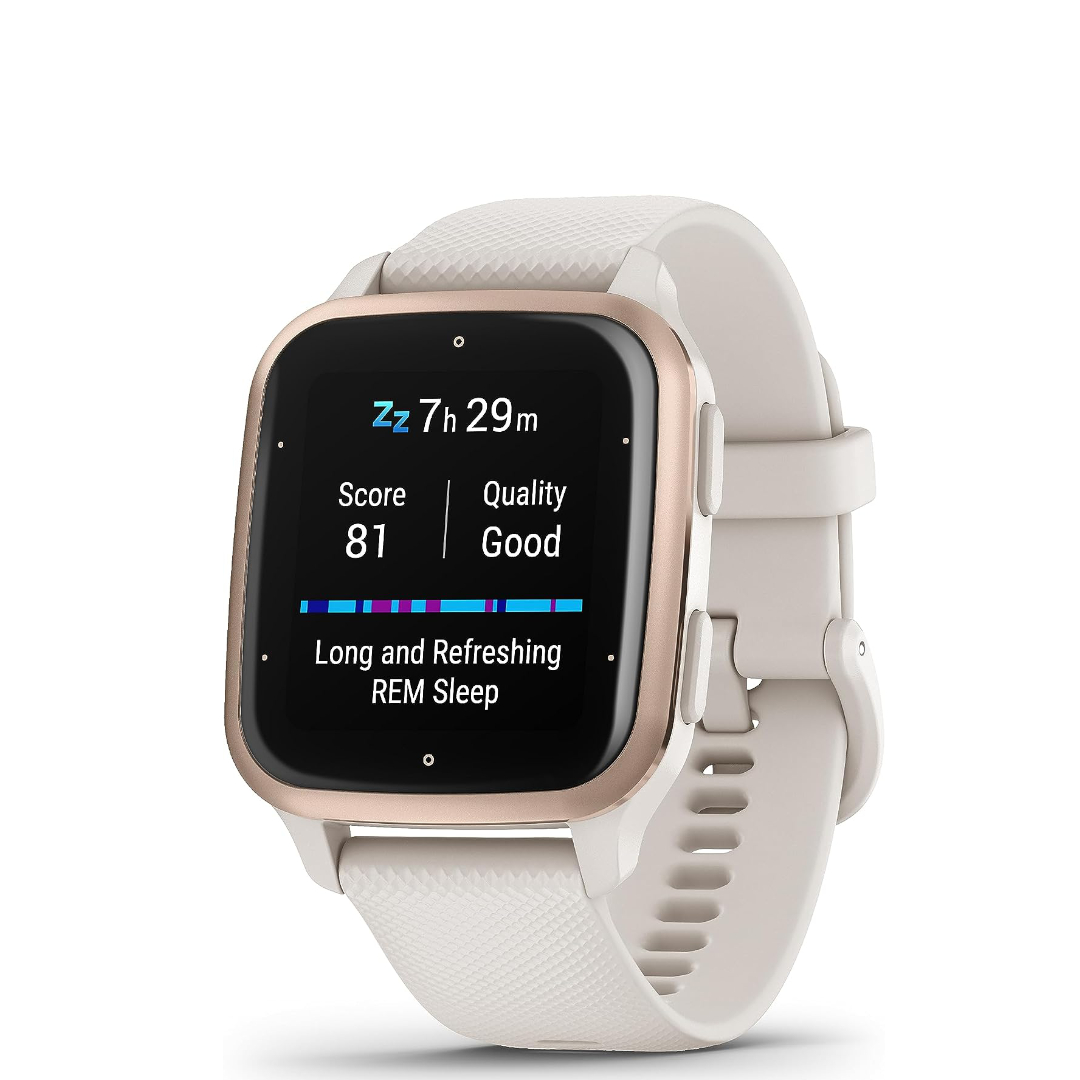
Best watch-style tracker
Not attached to the "fitness band" style? This squircle-style Garmin has more smarts than any other entry on this list, but is lighter and more affordable than most fitness watches.
Best overall
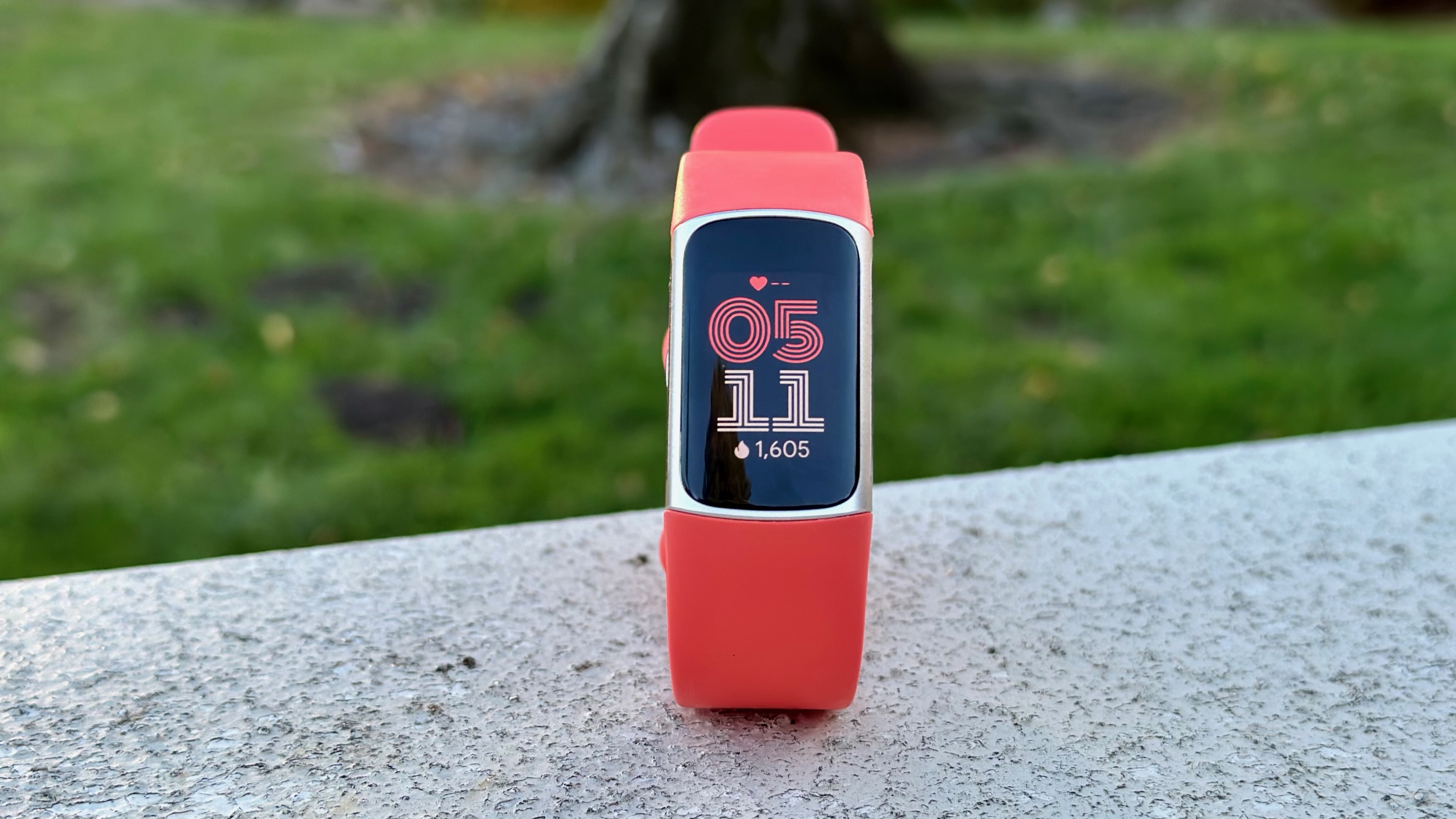
Specifications
Reasons to buy
Reasons to avoid
Up until late 2023, we reserved our top slot on this list for the Fitbit Charge 5, a fantastic "pseudo smartwatch" that crams useful tech into a compact package. In September 2023, Fitbit released the Charge 6, which has the same design and sensors, but with Google smarts packed in beneath the surface and a new haptic button to complement the touchscreen.
The Fitbit Charge 6, like the Charge 5, stretches the definition of a fitness band. Beyond the usual heart rate data, it has AFib detection, heart rate variance, breathing rate, blood oxygen, and skin temperature. Instead of relying on your phone's GPS, it has built-in GPS if needed. And its 1.04-inch AMOLED display is large enough to display data clearly when other bands still rely on monochrome or tinier displays.
Moving on to what's new, the Charge 6 has a haptic button you squeeze to activate the display, go back to the main watch face from any screen, pull up the Google Wallet screen, or perform other actions during activities. Our Charge 6 review noted that while past Fitbits had frustrating haptic buttons that didn't always work, Fitbit nailed the Charge 6's button: "it works as it should, without being prone to accidental presses like a physical button."
You also get YouTube Music playback controls, Google Maps turn-by-turn navigation, and an algorithm borrowed from the Pixel Watch to make heart rate data more accurate during fast-moving activities like HIIT. Our reviewer praised the last two perks, but noted that it's frustrating for subscribers of other music streaming services not to have playback controls as well.
Overall, we mostly had praise for the Charge 6 despite how many features remained unchanged from the last generation. Our reviewer wished the display was slightly brighter or that it had an altimeter. But in most respects, the Charge 6 remains well above the rest of the fitness tracker fray in quality.
Best premium option
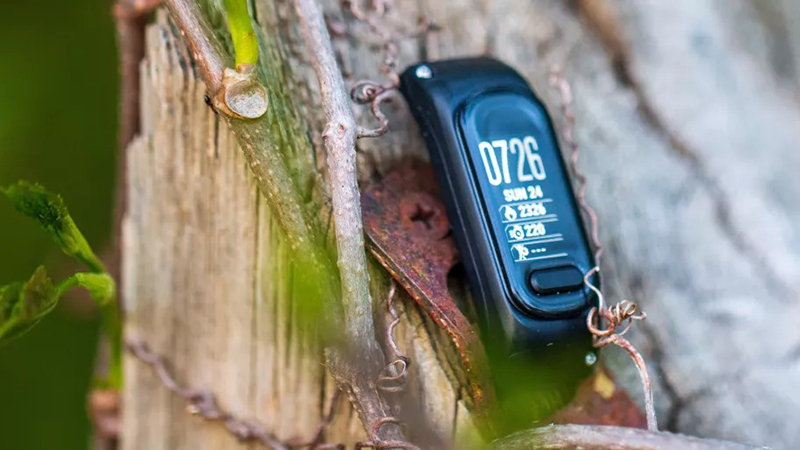
Specifications
Reasons to buy
Reasons to avoid
The Garmin Vivosmart 5 takes a different, more traditional approach than the Fitbit Charge 6. It doesn't have built-in GPS like a full-blown Garmin smartwatch, or the full health sensor suite and stylish AMOLED of the Charge 6, but it has the essentials: It keeps track of your steps, sleep, stress levels, calories burned, floors climbed, various exercises, heart rate, and blood oxygen levels. You'll still have access to smartphone notifications on your wrist; if you're an Android user, you can respond with preset quick replies.
The biggest reason to choose the Vivosmart 5 is that you get Garmin software for literally hundreds less than its typical watches, and at about half the weight. In our Vivosmart 5 review, we praised the Body Battery monitor as one of the most interesting and useful ways to track how much energy you have left throughout the day, in order to guide your fitness plans. You can also track your Intensity Minutes, see your Fitness Age, and the band will detect an incident if you fall and hurt yourself during an activity.
You'll need to keep your phone on hand, and accept the tiny monochrome display in exchange for how light it is. But you can appreciate the Vivosmart's detailed health tracking data without a monthly fee. It costs on par or above most Fitbits, but you'll save money in the long run without the need to rely on a subscription like Fitbit Premium.
Best budget option
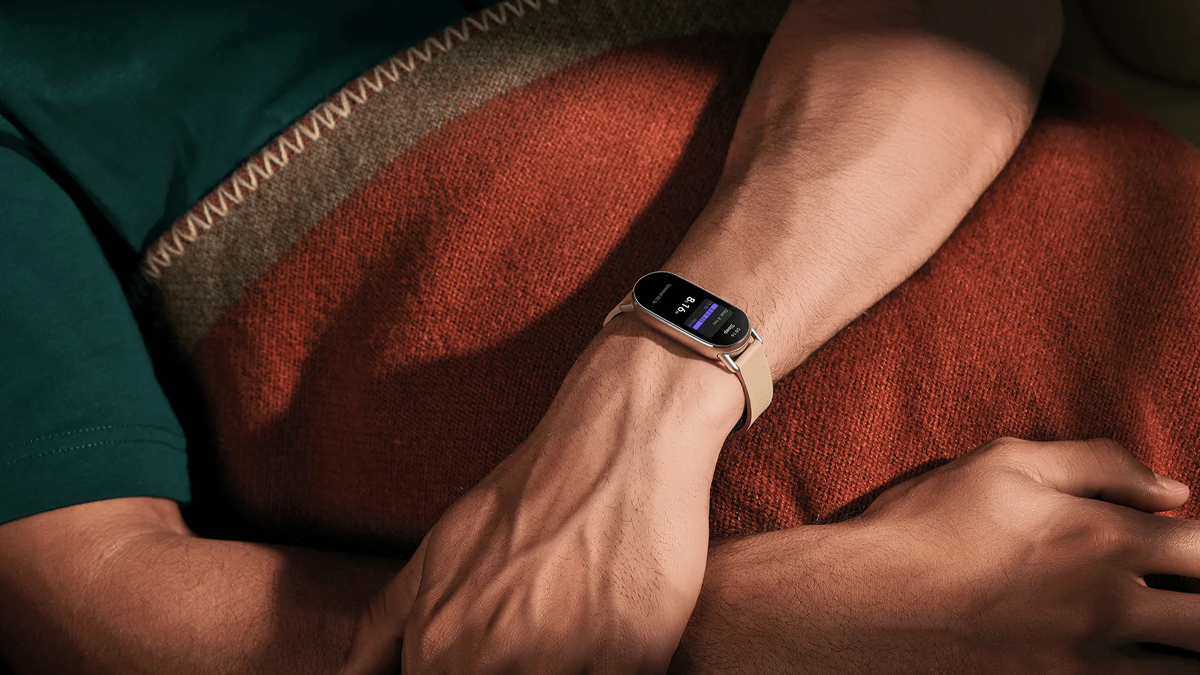
3. Xiaomi Smart Band 9
Our expert review:
Specifications
Reasons to buy
Reasons to avoid
When it comes to cheap fitness trackers with quality and value well above their price points, we immediately think of Xiaomi. The Xiaomi Smart Band 9 isn't especially different from the Smart Band 8, with the same 1.62-inch AMOLED display, health sensors, and general software; but it has key upgrades to keep it fresh like the much higher 1,200 nits of brightness and longer battery life thanks to a larger battery.
The Xiaomi Smart Band 9 also lets you follow a custom workout with a target heart rate or pace. Xiaomi's PAI metric has also been revamped. Called "Vitality Score," it tells you if you're moving or working out enough to get healthier or stay healthy, based on your age and other factors.
In terms of hardware, Xiaomi now promises 21 days of battery life instead of 16. With continuous HR, blood oxygen, and stress monitoring, you'll cut that time significantly, but it'll still last as long (or longer than) the other picks on this list. Sleep monitoring and SpO2 tracking are also said to be improved over the older model.
Best value Fitbit

Specifications
Reasons to buy
Reasons to avoid
If the Fitbit Charge 6 is a bit too rich and heavy for your blood, the Fitbit Inspire 3 is the affordable alternative you need. It loses perks like built-in GPS and the ECG/EDA sensors, with a smaller display that our Inspire 3 reviewer found too small to read notifications on. But it's still a comfortable, affordable medium for tracking workouts and getting thorough Fitbit Premium reports on your health.
Despite how "minuscule" the display is, the bright, colorful AMOLED is "as crisp as possible," showing your health and fitness data with great clarity. And perhaps thanks to the small display, the Inspire 3 is extremely long-lived at 10 days per charge, matching the Inspire 2 despite the older tracker's monochrome OLED display.
With Fitbit Premium, you'll receive a daily readiness score based on how hard you worked out the previous day, your stress levels during the day, how well you slept, and other data to help you see how hard to push yourself in training. Unlike the bulkier Fitbit trackers and watches, the Inspire 3 is so understated that you'll barely notice it's there. Sometimes, being "forgettable" is a good thing!
As a side note, if you want something compact like the Inspire 3, but also with a greater focus on style, look into the Fitbit Luxe, a stylish option with a stainless steel case and luxury bands that sat on our list of the best fitness trackers for a couple years. It has mostly the same software despite being older, though it misses out on some tricks and has half the battery life (5 days).
Best starter
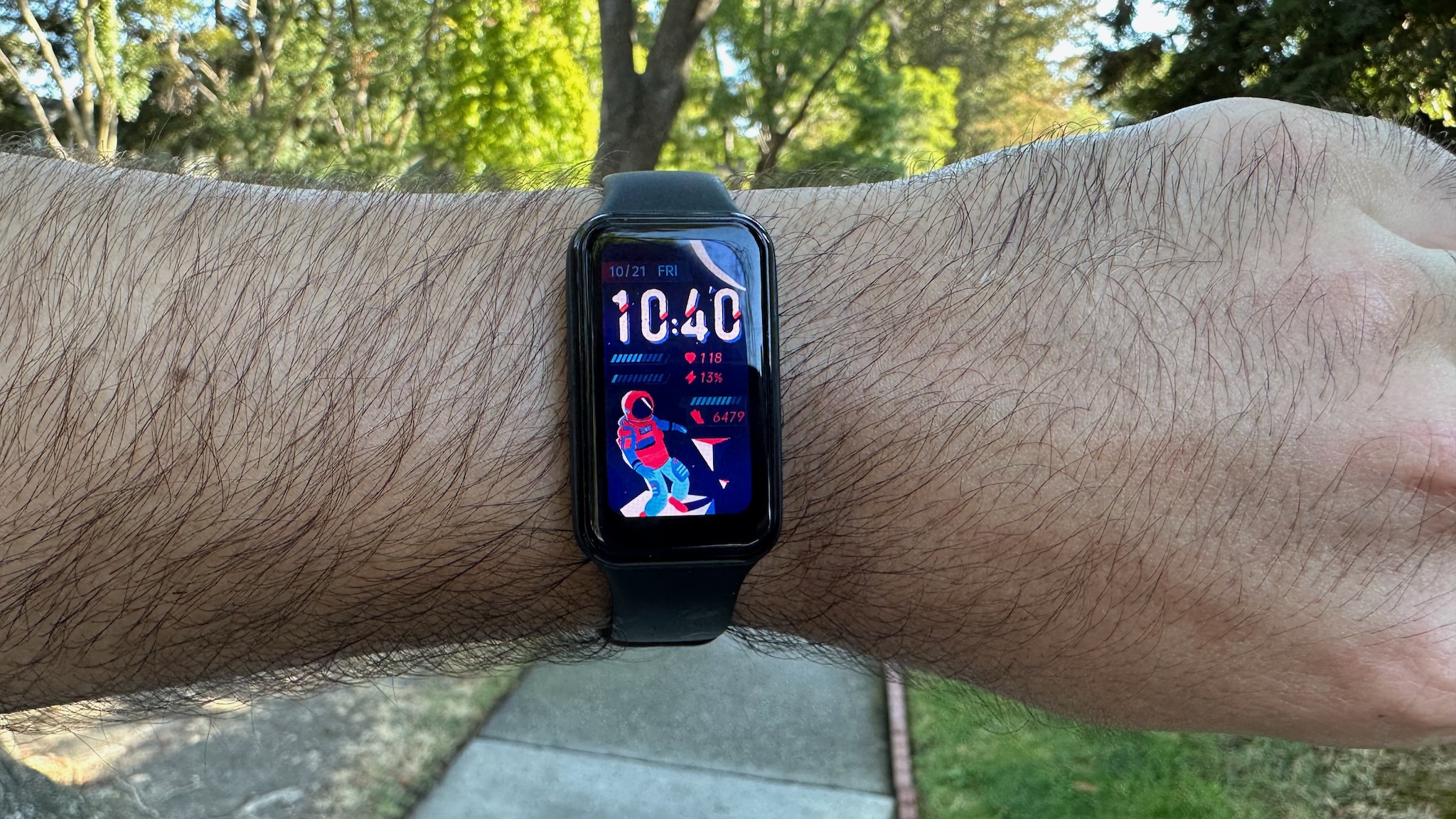
Specifications
Reasons to buy
Reasons to avoid
The Amazfit Band 7 is remarkably similar to our favorite budget tracker, the Xiaomi Mi Band 7, from its reliance on the PAI health assessment system to its weeks-long battery life. Its display is slightly smaller and lower-resolution, though still much larger than the Vivosmart 5 or Inspire 3. But it has one major upgrade on the Mi Band: support for an Amazon Alexa assistant, so you can quickly ask it questions or perform any action that the Alexa app supports.
After our Amazfit Band 7 review, we found the tracker more than lived up to our expectations of what a $50 tracker can achieve. It can continuously track heart rate and stress or take a spot check of both plus blood oxygen at any time. And it takes this data, along with your workout data, to generate a Personal Activity Intelligence (PAI) score that tells you how hard you're working out — and how hard you should work out to maintain or improve your health.
Like most trackers, it only has connected GPS that relies on your Zepp app, but it does at least connect near-instantaneously, and the lack of built-in GPS helps the watch last a long time even with continuous tracking and the always-on display active. It has all the essentials you need to succeed and a simple, comfortable design.
We do wish that Amazfit would release a newer model, as the Band 7 is on the older side at this point having launched back in 2022. But as a cheap fitness band option, it's still relevant today.
Best watch-style tracker
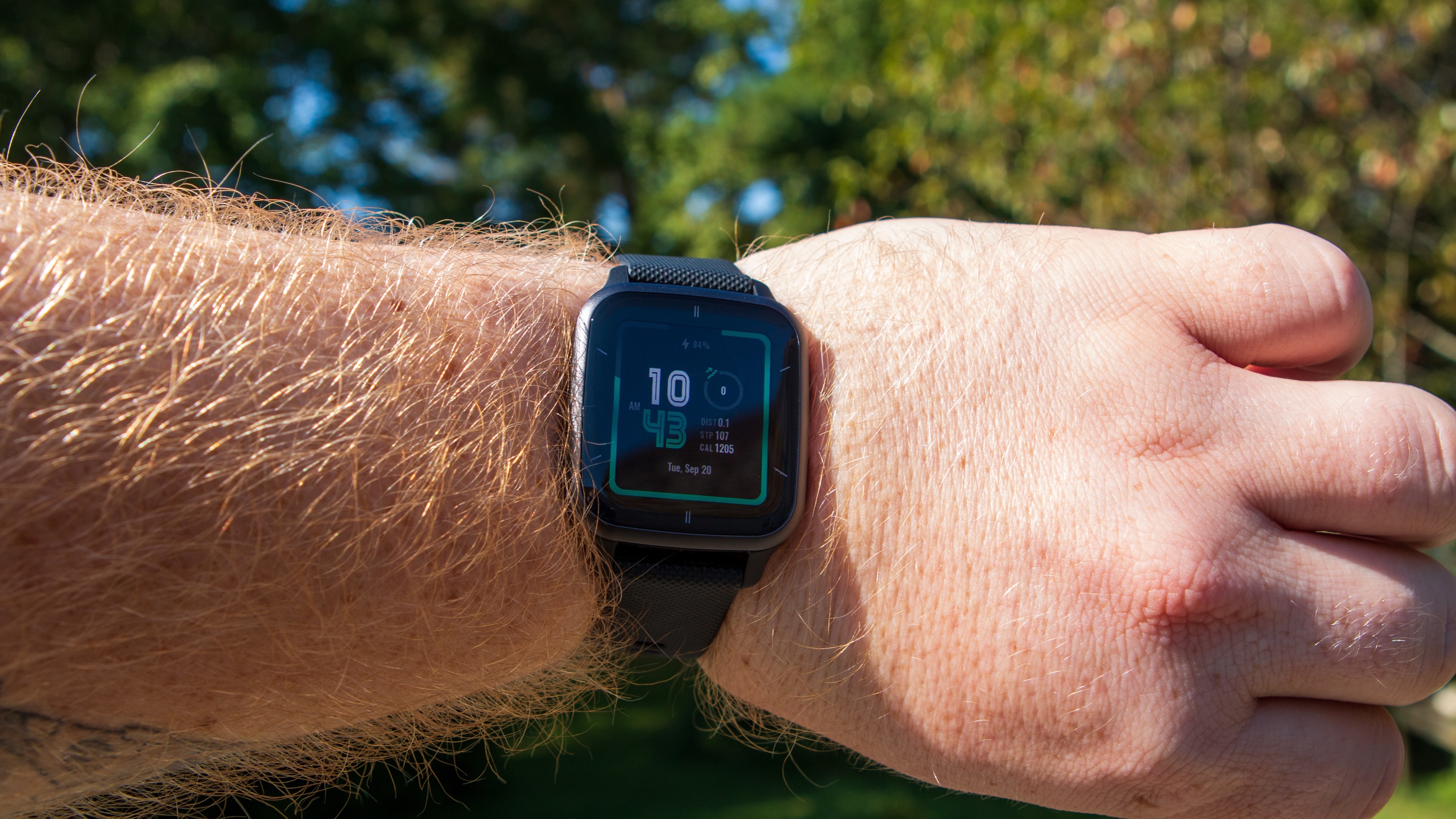
Specifications
Reasons to buy
Reasons to avoid
Choosing the best fitness trackers, we focused specifically on affordable and petite fitness bands, as we have a whole separate list for the best fitness smartwatches. But since some people will prefer a smartwatch's size and the advanced features it enables, we're including one pick that our reviewer called a "Goldilocks smartwatch" next to tiny trackers and bulky watches: the Garmin Venu Sq 2.
For just $100 more than the Garmin Vivosmart 5, you get built-in GPS, Garmin Pay, more sports modes, an extra 4 days of battery life, and the ability to download and follow workouts on your wrist. That includes Garmin Coach workouts designed to help you hit a PR time based on your current VO2 Max and fitness level. Plus, of course, you get a 1.4-inch AMOLED with full-color screen and enough room for proper watch faces and readable notifications.
Still, even at $250, it's pricey compared to the little trackers on this wrist. It's also heavier, though just 7g heavier than the Fitbit Charge 6. That's why we've decided to include it here: it'll feel like less of a visual downgrade compared to fitness bands, without the bulk of typical Garmin watches.
How to choose
The market for fitness trackers is much smaller than it used to be, but late 2024 saw a small uptick in shipments. According to a Q3 2024 Canalys report, the wearable band segment returned to growth for the first time since Q3 of 2020, growing 7% with 10.4 million units shipped.
Of the few brands still making traditional, small fitness trackers, the most reputable name is Fitbit. Among the best Fitbit devices, the Charge 6 and Inspire 3 easily earned their places on this list, and you could make a case for the Fitbit Ace 3 if you're specifically shopping for your kid.
Fitbit isn't the only name out there. Xiaomi and Amazfit dominate for cheap quality hardware and useful health software without a subscription. And Garmin has fantastic fitness tools paired with reliable health and sleep data.
If you don't think the best fitness trackers appeal to you, consider upgrading to a cheap smartwatch that offers more in the way of apps and display space, even if you lose out on longer battery life. You can also look into smart rings, which fulfill the same sleep-tracking category as fitness bands, but you miss out on phone notifications.
How to choose the best fitness trackers
Why you can trust Android Central
When it comes right down to it, the Fitbit Charge 6 takes the top spot on our list for various reasons.
For starters, the number of features you receive is simply unmatched. You'll have a whole week of battery life, NFC support for contactless payments, built-in GPS so you can leave your phone behind on a workout, heart-rate monitoring, convenient music controls, sleep tracking, and much more. At night, it measures skin temperature, passive heart rhythm, heart rate variance, blood oxygen, and breathing rate; then, it tells you what to make of that data.
But if you're weighing your potential Charge 6 against a cheaper (or more expensive) option, it's important to know what you're paying for. Is it worth paying for a subscription, or for a watch with actual apps? What health sensors do you need, and what kind of battery life?
If you're starting your search, here are a few tips to help you decide which fitness tracker is best for you:
1. Start with price
Depending on which features you want, your new fitness tracker could be surprisingly affordable, or it could end up setting you back quite a bit.
Of course, you should still be cautious about buying anything that's dirt cheap. Unfortunately, most cheap fitness trackers are just that: Cheap. Even less costly models by well-known brands like Fitbit won't come with a full display, so you'll need to swap to the app to get all the details on your latest workout.
If price is your first concern, look to Xiaomi or Amazfit, and be leery of Fitbit since it will make you pay more down the line thanks to Premium. Anything cheaper than their prices, though, and we'd warn you to stay away.
2. Decide on features
Narrow down your search by deciding which features you need. These days, most trackers have a heart rate monitor and blood oxygen monitoring. But the Charge 6 has more specific sensors for stress and irregular heart rate spot checks, and others can measure these metrics through continuous tracking. You may or may not need this based on whether you care more about health or fitness tracking.
All trackers have sleep tracking, but if you want a tracker that takes that information to create a Body Battery or Daily Readiness Score, you'll want a Fitbit or Garmin tracker. They're able to deliver more useful data about your energy based on heart rate, sleep, and stress.
If you want your fitness band to be a standalone device — meaning you can leave your phone at home and still use it — you'll want NFC support for contactless payments or built-in GPS for fitness tracking. And you'll want vibration support if you want your fitness band to buzz you awake in the morning!
Almost no fitness trackers support voice assistants because a mic takes up room and reduces battery life. So if that matters to you, the Amazfit Band 7 has that unique Alexa access to tempt you, though it doesn't have a speaker to vocalize responses. You'll want to upgrade to a fitness smartwatch instead if you want a complete experience or Google Assistant access.
Another thing to note about the wristbands is the strap style. Is it a traditional watch-style strap with a buckle? Or does it simply "button" together? The button style sometimes feels less secure, especially if we're tackling three-point rows and deadlifts at the gym.
Luckily, most fitness trackers come with band replacements. This lets you upgrade the material, color, and fit if you like. We're all about having choices.
3. Consider style
Are you content with a fitness tracker that looks like a fitness tracker? Or do you prefer something that looks like a traditional watch?
Activity trackers come in all shapes and sizes, so you can go as simple or fancy, modern or traditional, as you like.
If you're not ready for a full-blown smartwatch, but you still want something on the stylish side, the Fitbit Luxe may be calling your name. On the other hand, if you're looking for something simple, the Fitbit Inspire 3 is slim and uncomplicated, too.
4. Don't forget about the apps
To make a fitness tracker small and long-lasting, brands give them a tiny, no-name chip with enough power to run the sensors and communicate with your phone for notifications. They'll probably have basic apps and widgets for timing, weather, alarms, and (of course) workouts.
You may have the option for canned responses to texts, but most likely, you'll need to pull out your phone or buy a proper smartwatch with a keyboard-sized display. And aside from a few Google apps on the Fitbit Charge 6, don't expect any third-party apps on a fitness band. They just don't have the smarts or screen for it.
That's why it's important to look closely at each brand's companion health app: Fitbit, Garmin Connect, Zepp (Amazfit), and so on. That's where you'll check all of your nightly data and track your progress on workouts, with information that's too in-depth to see on a 1-inch screen and so complicated that brands need cloud processing to interpret your data.
If you end up not liking the companion app, you can't just switch to another one; you'll have to buy a whole new band. So choose carefully! We like Fitbit's data collection, but the subscription may be a deal-breaker. Garmin's data is just as in-depth, but the Connect app isn't quite as user-friendly.
5. Pay attention to the sensors
Any basic fitness tracker will have (A) an optical heart rate sensor and (B) an accelerometer to track movement, screen activation, and steps. But the better fitness trackers go beyond that, offering things like gyroscopes or pulse oximetry to improve your health data. Here are the sensors to look out for in spec sheets, and decide whether you need a fitness tracker or a more advanced fitness watch:
- 3-axis accelerometer — This measures your movements in every direction and helps track those steps. Every tracker has one.
- Optical HR — These shine light into your capillaries to measure how quickly or slowly your blood is pumping to give you an idea of your current heart rate. Every tracker should have one, but keep an eye out on the number of LEDs and photodiodes if available; more sensors usually deliver better accuracy.
- Actigraphy — Ever wondered how activity trackers monitor your sleep? Actigraphy identifies your sleep patterns by tracking your activity and rest cycles, then gives you an idea of how much you tossed and turned last night. It's a common feature on all fitness trackers.
- Blood oxygen (SpO2) — This data helps determine how well you're sleeping and if you may be struggling with sleep apnea or having trouble adjusting to higher elevations. Many fitness trackers have them.
- Respiration — This may not get listed on the spec sheet, but many watches (and some trackers) will track your actual breathing rate at night, which is another way to determine whether you're getting enough oxygen at night.
- GPS — The GPS receiver collects data from different satellites to calculate your position as a set of coordinates. This lets you track your terrain and distance after a trail run or day on the slopes. Aside from the Fitbit Charge 6, most fitness trackers use "connected GPS" from your phone, so you can't run without it; many fitness watches use multiple GPS "bands" or other satellite systems simultaneously for better accuracy.
- Gyroscope — Gyroscopes aren't considered as "essential" as accelerometers, but they help your wearable determine your wrist's speed and direction as you turn it, delivering more accurate workout data. It's rare to see a gyroscope on a non-watch tracker.
- Altimeter — Barometric altimeters track your elevation gain during workouts. Without one, it's difficult for a fitness tracker to determine if your high heart rate is because of a tough hill or if you're simply out of shape. A few last-gen Fitbit Charges had altimeters, but you'll rarely find any tracker with one these days.
- Electrocardiogram — If you're concerned about heart health, an ECG app on a fitness tracker or watch can measure your heart rhythm and warn you of any problems. Some fitness watches also passively track your heart rhythm during the day, but it's rare on fitness trackers.
How we test
☑️ One of the oldest and most trusted Android sites on the web
☑️ Over 15 years of product testing
☑️ Thousands of products reviewed and tested since 2007
☑️ Dozens of smartwatches, fitness trackers, and smart rings tested every year by our team
Android Central reviewers have been testing fitness bands since their heyday, including the original Fitbit Charge. In the years since, we've tested all of the major fitness tracker releases, and we know what to look for when it comes to testing their quality.
With each fitness tracker on our list, we've worn them for multiple battery cycles, testing how long they last and catching any bugs that pop up and will detract from the user experience. We check everything from comfort and style to health and fitness data accuracy.
For hardware, we determine how long the fitness tracker lasts, whether the heart rate and steps data matches with real stats, if the buttons and touchscreen work properly, how visible the display is in direct sunlight, and how responsive the device is to taps and commands. For software, we check how well the companion app compiles data, whether notifications arrive speedily on-device, and whether it has all of the apps and functions we'd want in a fitness tracker (or any wearable).
We only recommend devices that we'd actually wear ourselves. While most of our wearable testers prefer smartwatches to smart bands, we chose the options that felt as little like a compromise in quality as possible!
Be an expert in 5 minutes
Get the latest news from Android Central, your trusted companion in the world of Android

Michael is Android Central's resident expert on wearables and fitness. Before joining Android Central, he freelanced for years at Techradar, Wareable, Windows Central, and Digital Trends. Channeling his love of running, he established himself as an expert on fitness watches, testing and reviewing models from Garmin, Fitbit, Samsung, Apple, COROS, Polar, Amazfit, Suunto, and more.
- Roydon CerejoContributor
- Andrew MyrickSenior Editor — Smartphones (North America), Chromebooks & Tablets
- Courtney Lynch

